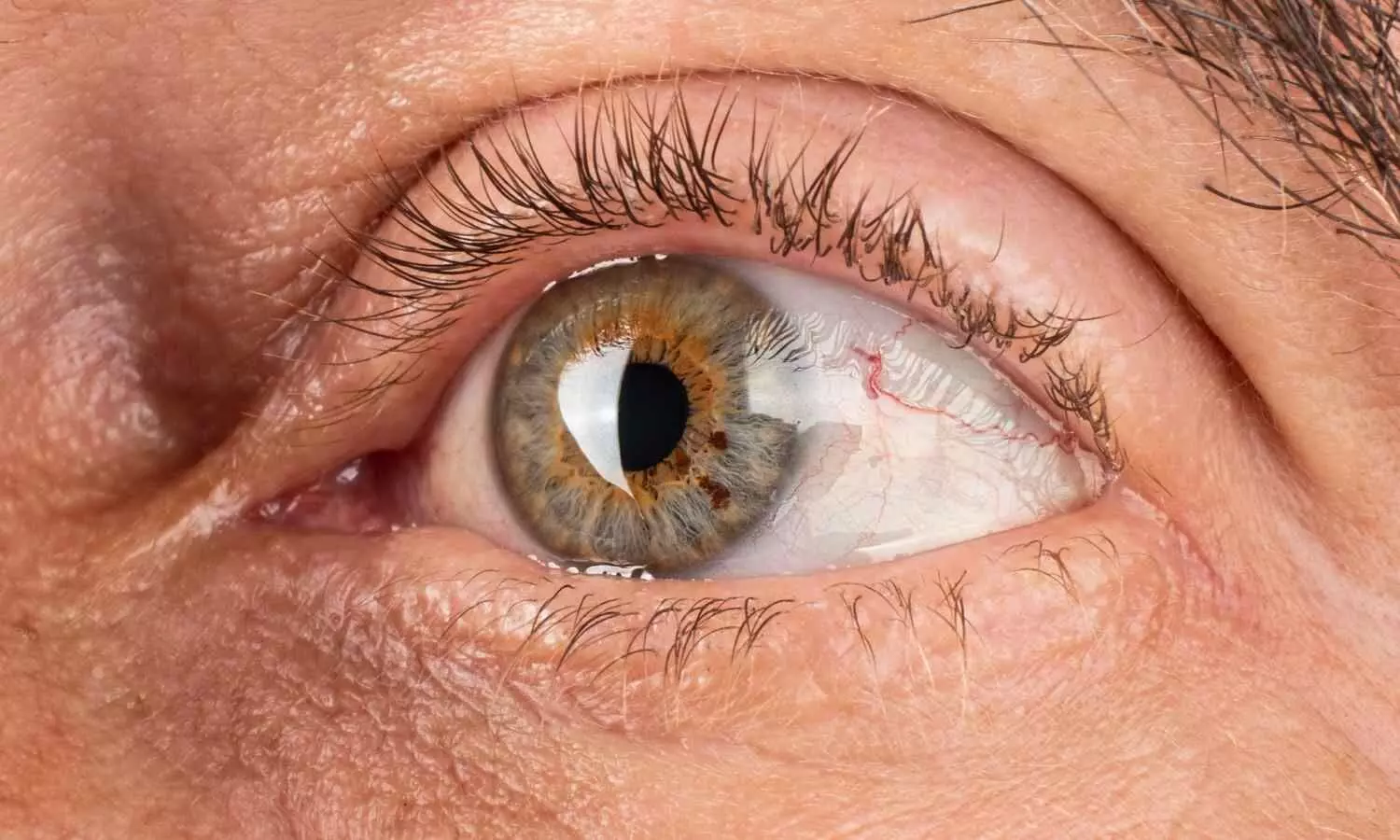By Chloe Couchman
Copyright hellomagazine

Households in the UK discard 9.52 million tonnes of food waste each year, and stats show that a huge 67 per cent of this is still edible. This means that the average UK household is spending £470 per year on food that ends up in the bin, and sometimes this can be down to confusion over whether food is still safe to eat or not. With the cost of living continuing to rise, learning about food safety and expiry dates is an important way to reduce unnecessary waste and ensure you’re not risking your health by eating foods that have already gone off. To help, we’ve rounded up the answers to some need-to-know questions…
What do expiry dates really mean?
Expiry dates are the dates by which a food should be eaten. You may see different words on food packaging depending on the product – typically either ‘best before’ or ‘use-by’. While these are often easily confused, they have very different meanings, which are linked to food safety and quality.
Best before date vs. expiry date
Best before dates are about quality, rather than the safety of the food, which means food will be safe to eat for a little longer beyond the labelled best before end date (sometimes shown as BBE). You are likely to see these dates on frozen foods, dried foods like pasta and rice, tinned foods and cheese. However, the Food Standards Agency (FSA) warns: “The best before date will only be accurate if the food is stored according to the instructions on the packaging.”
Meanwhile, a ‘use-by’ date is about safety, and eating food after this date could make you very ill, even if it looks or smells okay. “You can eat food until midnight on the use-by date shown on a product, but not after, unless the food has been cooked or frozen. You will see use-by dates on food that goes off quickly, such as meat products or ready-to-eat salads,” The FSA advises.
How long can you eat food after it expires?
It is important not to eat food after the use-by date, as the bacteria that can make you ill aren’t something that you can smell. However, the FSA does share tips about how to extend the life of foods before they expire.
“You can cook food until midnight of the use-by date listed on the product, and then cool and keep it in the fridge. This is because cooking kills any pathogens in the food and gives you a little more time to use it up,” they explain. “You must eat the food within 48 hours or freeze it to eat later. If you freeze the food, make sure that you label what it is and the date it was frozen, so you don’t end up with a UFO (unidentifiable frozen object).”
Common myths about best-before and use-by dates
There are a lot of myths about food expiry dates, such as the following –
Food is no longer safe to eat beyond its best-before date – this isn’t true! The quality of the food may not be as good, but it is still safe to eat for a little longer.
Best-before dates keep us safe – It is actually use-by dates that focus on food safety, while best-before dates are based on food quality.
Use-by dates and best-before dates mean the same thing – There is a distinct difference between the two; while food isn’t safe to eat beyond its use-by date, it is beyond its best-before date.
What are the health risks of using food after its expiry date?
As mentioned, eating foods after their expiry date can make you very poorly, but this may differ depending on the product. For example, while some foods simply won’t taste as good, others may contain bacteria that can cause severe illness and food poisoning.
The safety of dairy products depends on whether they have a use-by or best-before date. Milk with a use-by date should never be used past the date listed, even if it smells fine, while milk with a best-before date label can be sniffed to see if it has gone bad. Always check the label instructions before using. Cheese, meanwhile, will typically have a best-before date, so check the item for any visible signs of deterioration before consuming it if this date has passed.
Meat and fish
Meat and fish are products that should never be used beyond their use-by date. While they are unlikely to go mouldy, they can contain harmful levels of bacteria that can’t be seen, tasted or smelt, so it is not worth the risk in eating them. Where possible, try to use the FSA tips above of cooking them before midnight on their use-by date to extend the life of these foods a little longer.
Eggs typically have a best-before date on their packaging, which means that you generally can eat them beyond this. Law states that eggs should reach consumers within 28 days of being laid, and this date will be stamped on the egg’s shell for British Lion quality eggs. Beyond this date, you can tell if an egg is rotten by its smell, if it looks or feels slimy and by trying to float it in a bowl of water – if it floats, then it’s old, and if it sinks, it’s still fresh.
Bread and packaged foods
“For foods with a best-before date (which concerns food quality), you may choose to use sensory cues to find out if the food is okay to eat. For example, you could look for visible mould on bread, taste to see if biscuits/crisps are stale, or sniff/smell some dairy products with a best before date to see if they have soured,” the FSA advises.



